Cortaderia selloana
Pampas grass
£36.95
Pampas grass seemed almost ubiquitous not so long ago – unfairly dismissed as large unkempt things with browning leaves and scruffy giant plumes, often broken by the wind and squeezed inappropriately into small suburban front gardens.
FREE DELIVERY FOR ONLINE ORDERS*
*(parcel orders over £60.00 and pallet deliveries over £350.00)
Order today for shipping on Monday 29th July.
Plant Biography
Cortaderia selloana originates in the Southern parts of South America, Brazil, Argentina and Chile. The common name, Pampas grass is indicative of the area where it originates: the lowlands of Pampas region.
Once established, the Cortaderia clumps require very little care and it’s very tolerant of drought, as well as salty and dry winds. Pampas grass’ tall plumes are used in dried flowers arrangements. An ideal plant for coastal gardens.
It’s considered an invasive species in some US states and New Zealand due to the easiness with which it spreads. Several cultivars are available as ornamental grass.
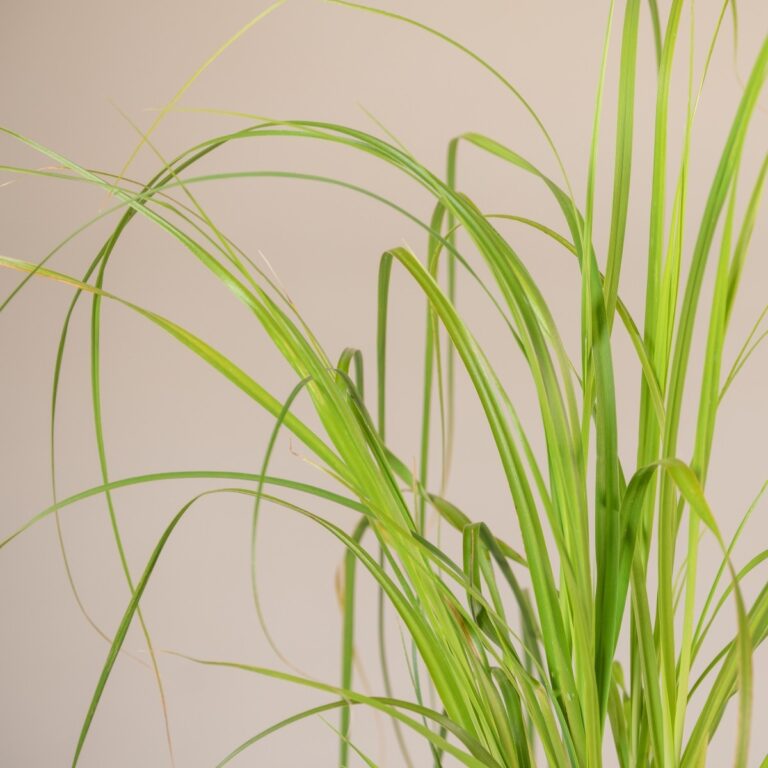

Care & Size Guidance
Planting the Cortaderia selloana needs to be carefully considered as it requires enough space to grow. It’s a very versatile plant, that can be used as a privacy screen or a specimen plant.
Plant in early spring, in full sun and moist soil to allow the plant to establish. Once established it will become tolerant to dry conditions.
The dry leaves and plumes provide a dramatic backdrop in winter. In spring, once the risk of frost has passed, a hard cutback will encourage new growth to push through.
Feeding is not required, however a high nitrogen fertiliser is more than welcomed a few times a year, in spring.
Expert Tip
Feeding the grasses
Grasses, in general, have really low requirements for fertilisers. They can thrive in any soil, as long as it’s well drained.
For a thriving garden, a high nitrogen, slow release fertiliser is encouraged. Feed with slow release bamboo fertiliser twice a year to encourage strong healthy plants.
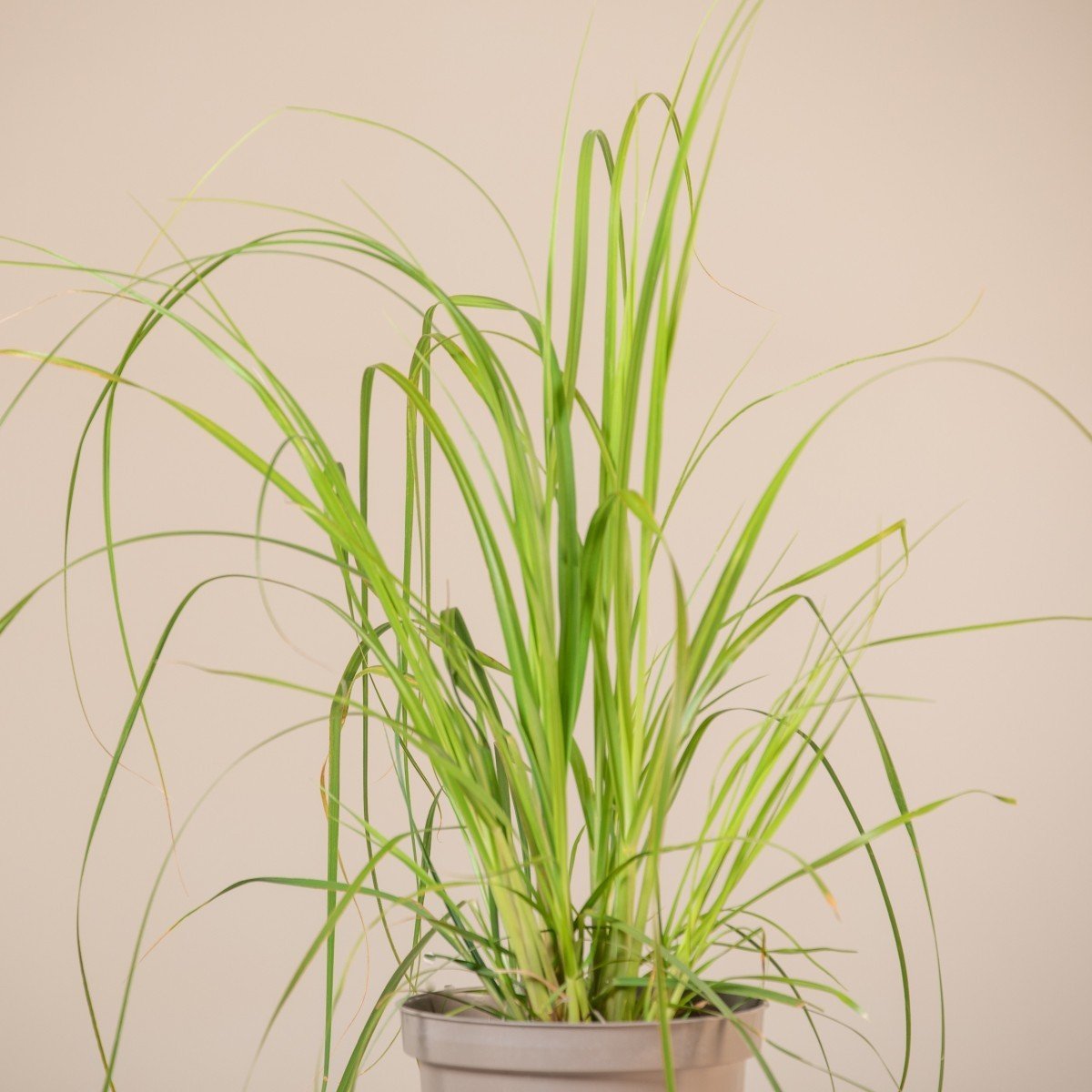
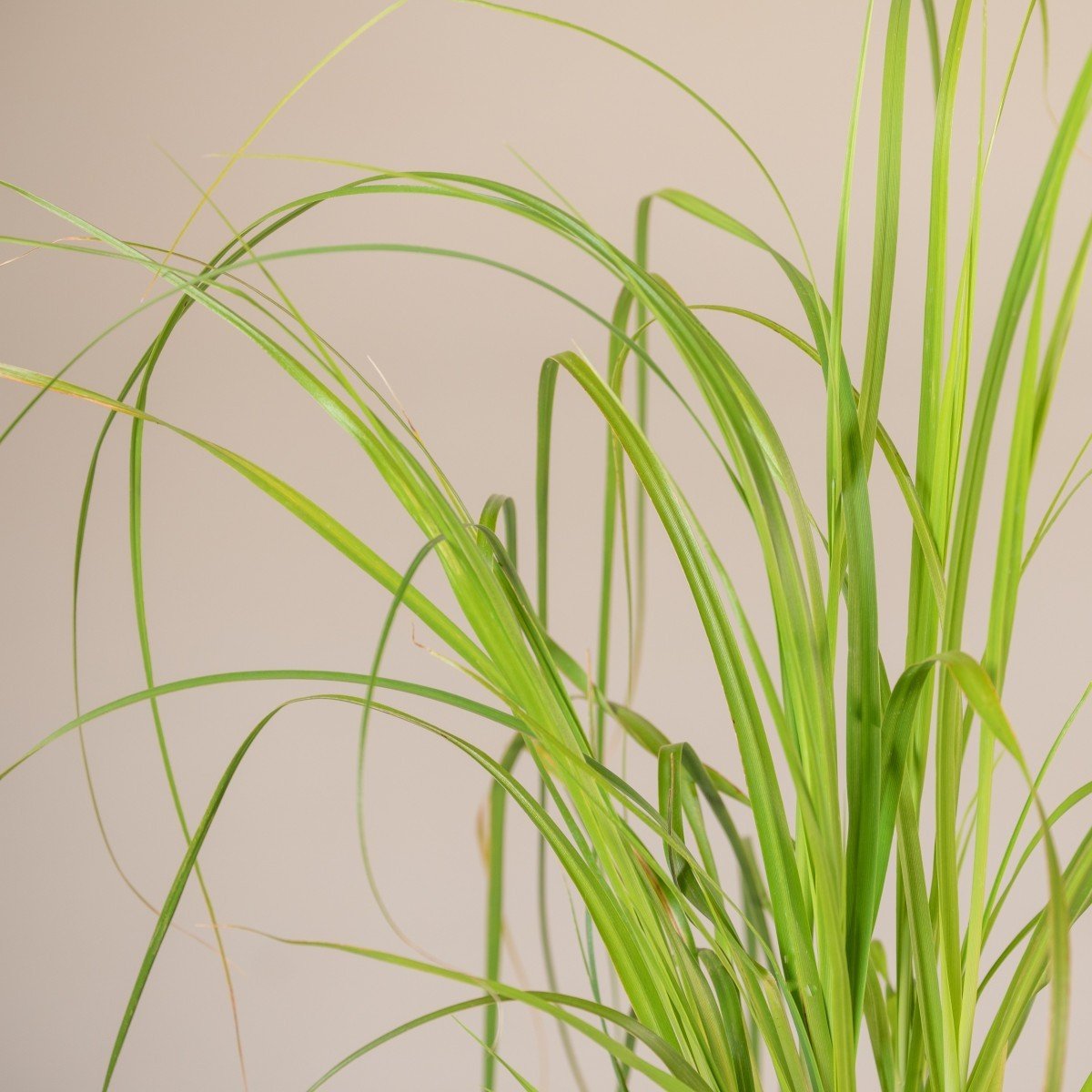
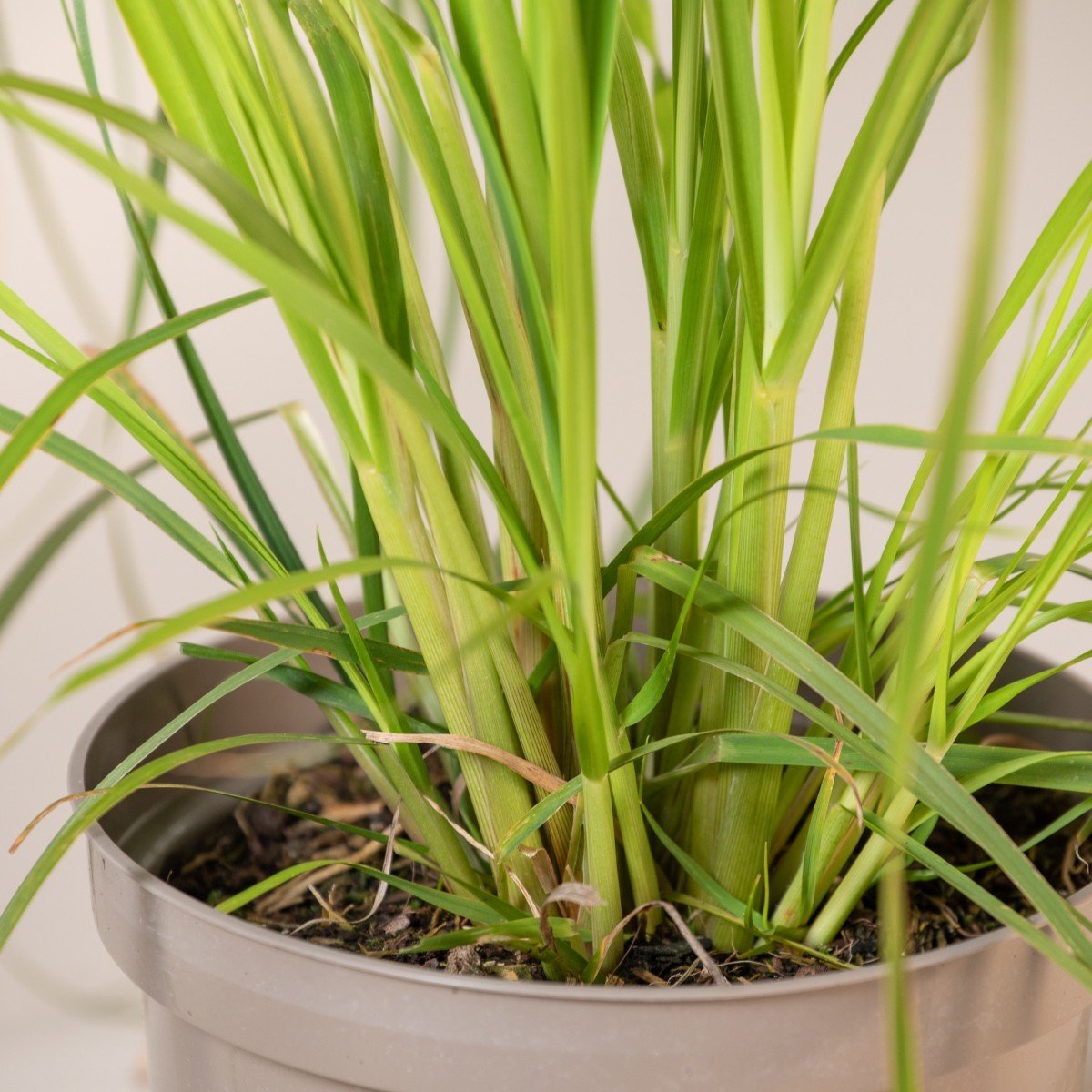
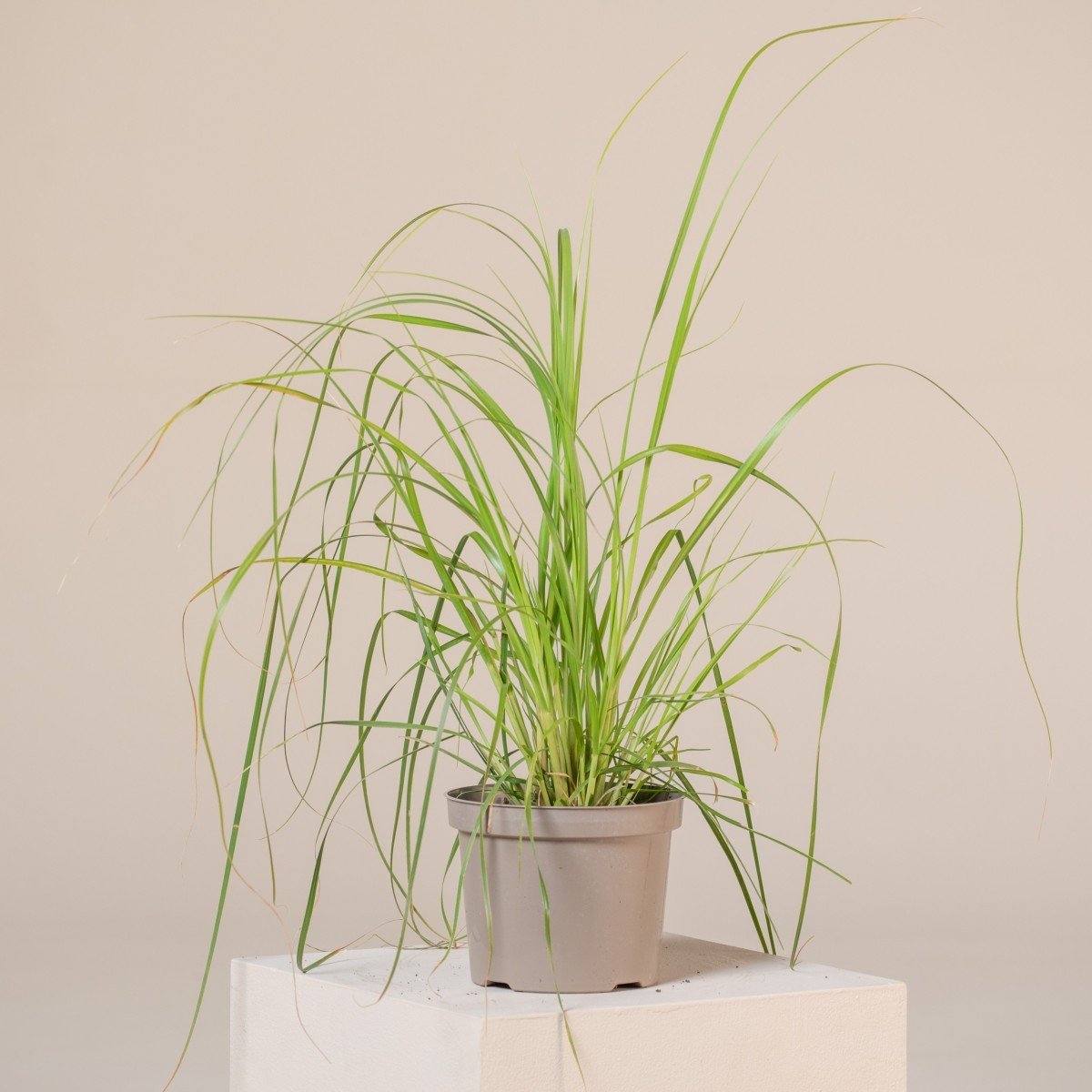
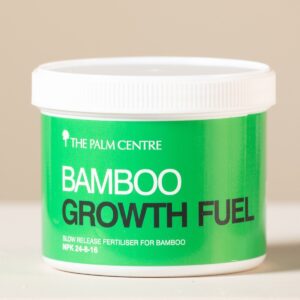
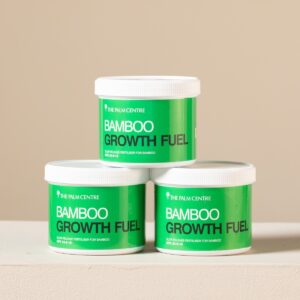
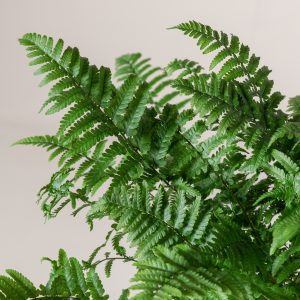
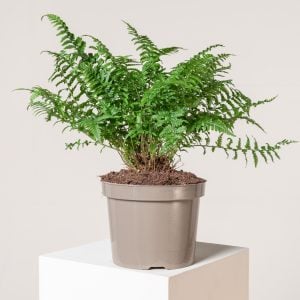
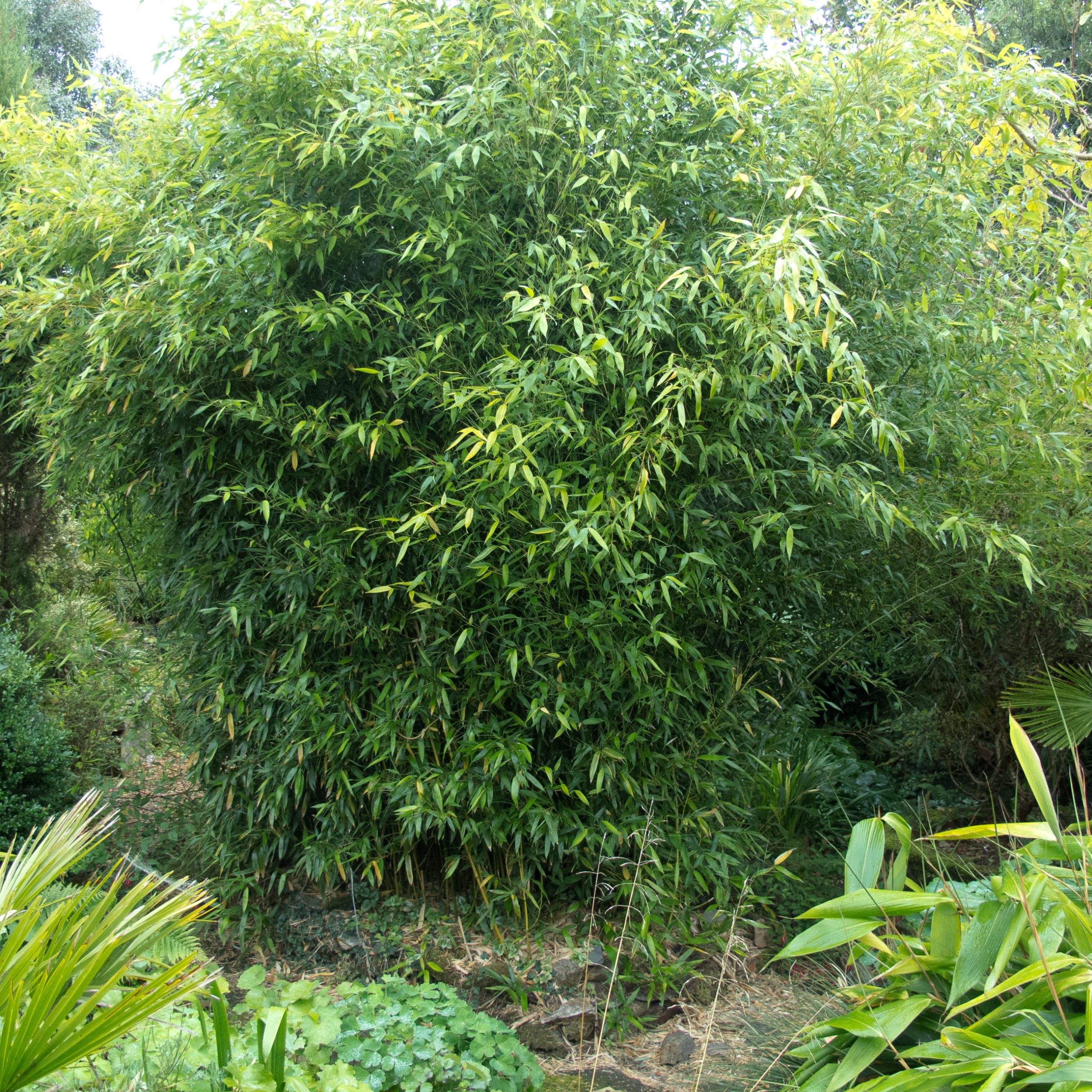
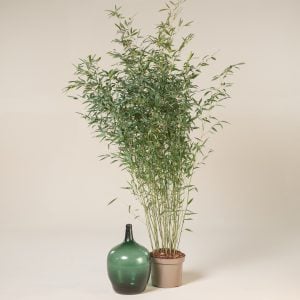
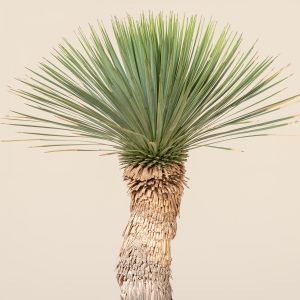
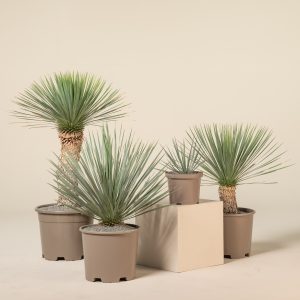
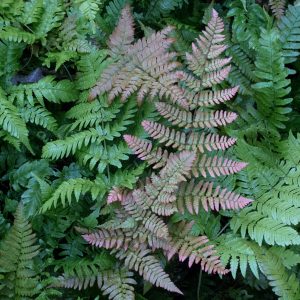
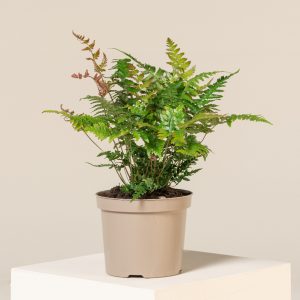
Reviews
There are no reviews yet.